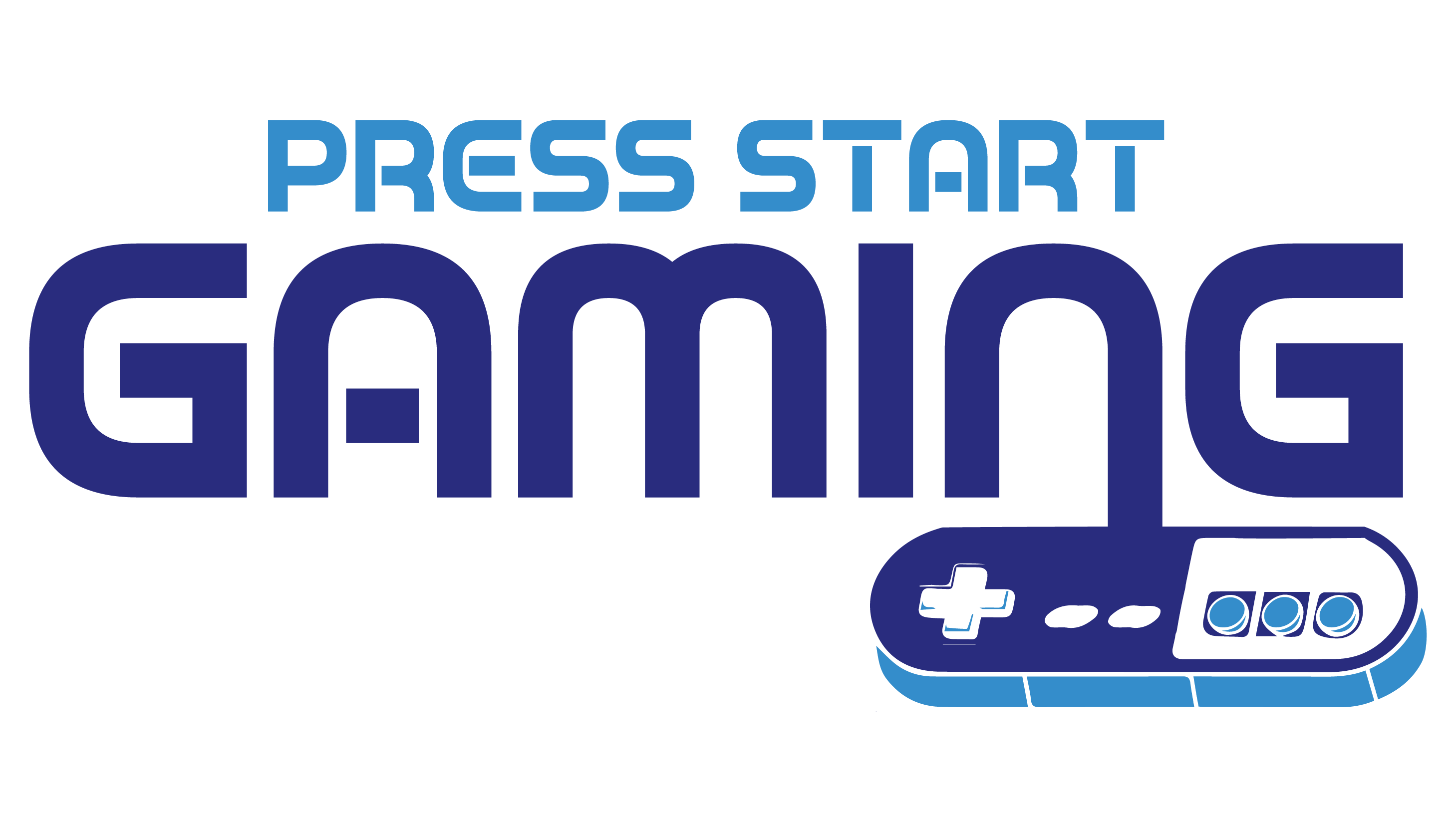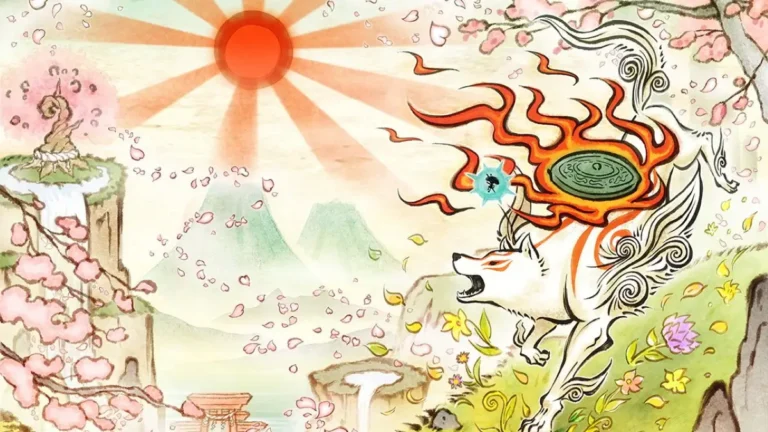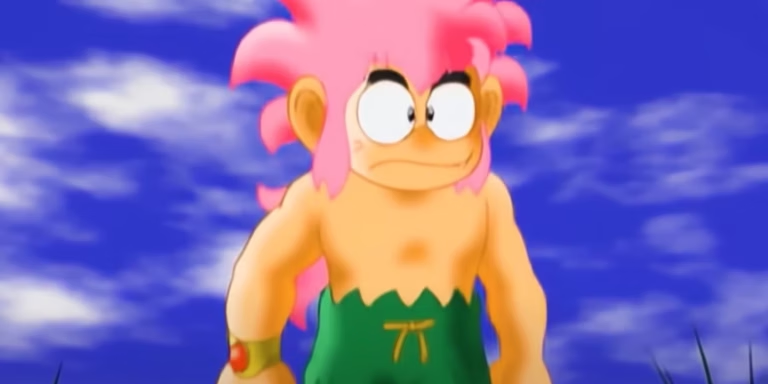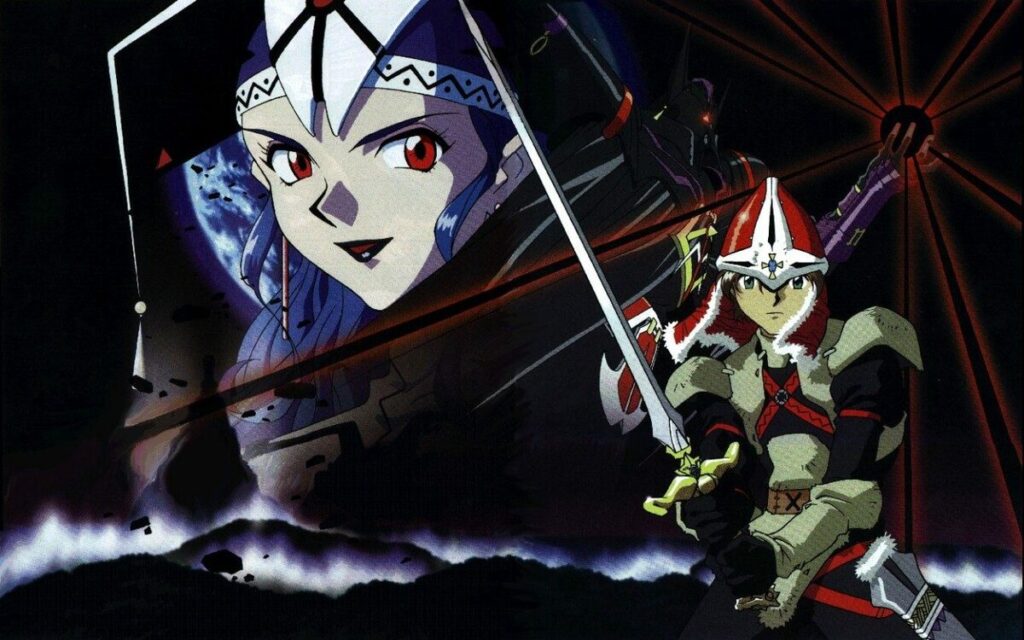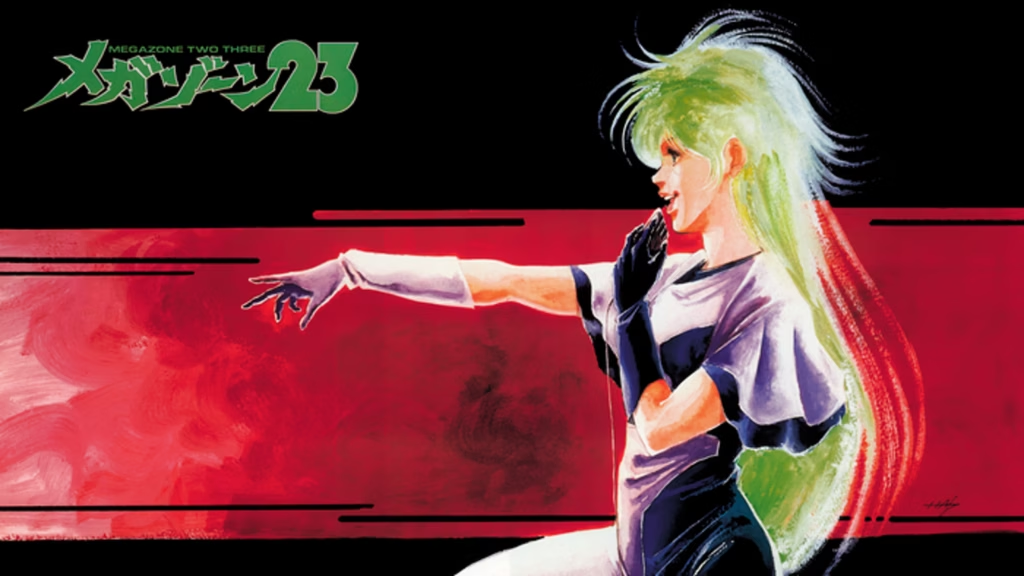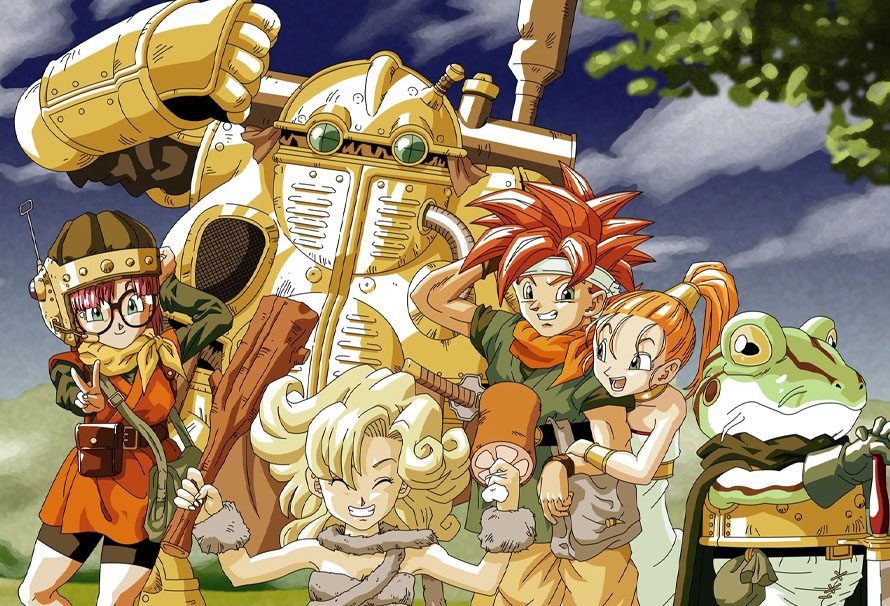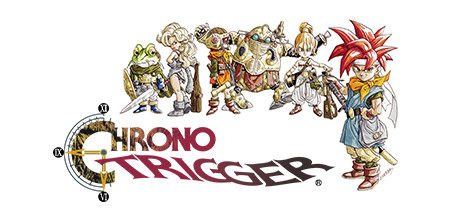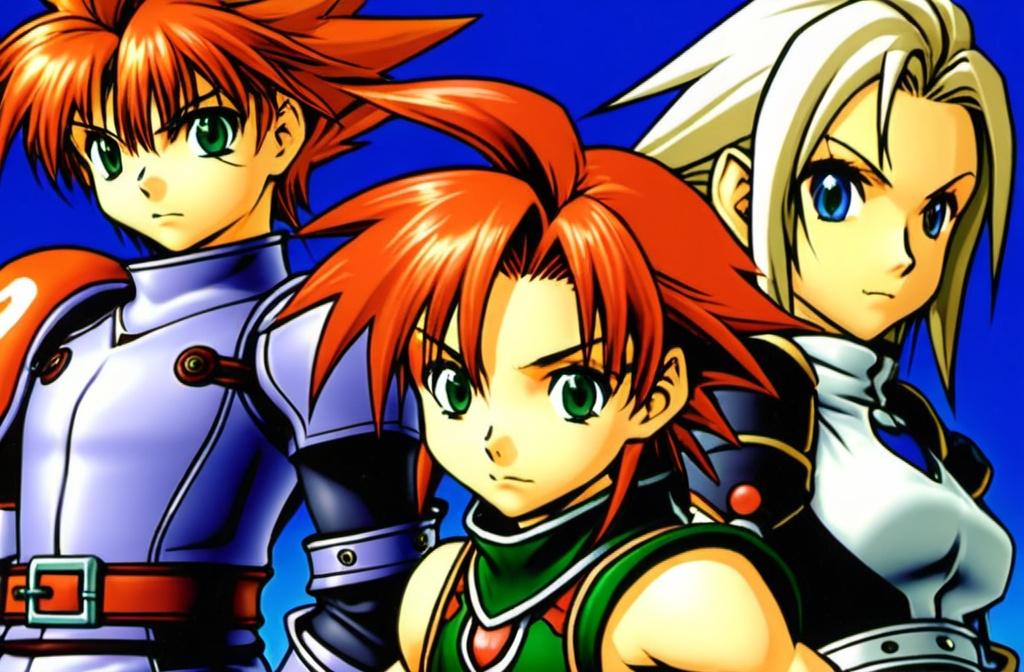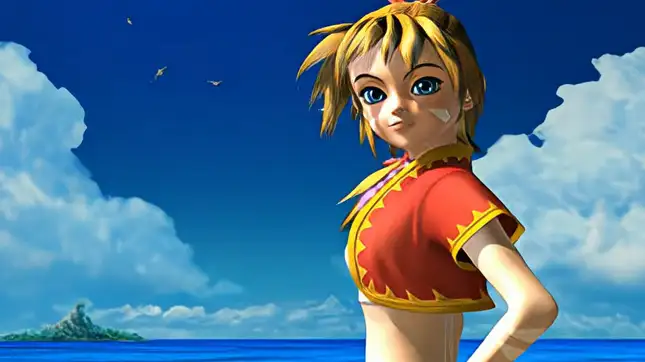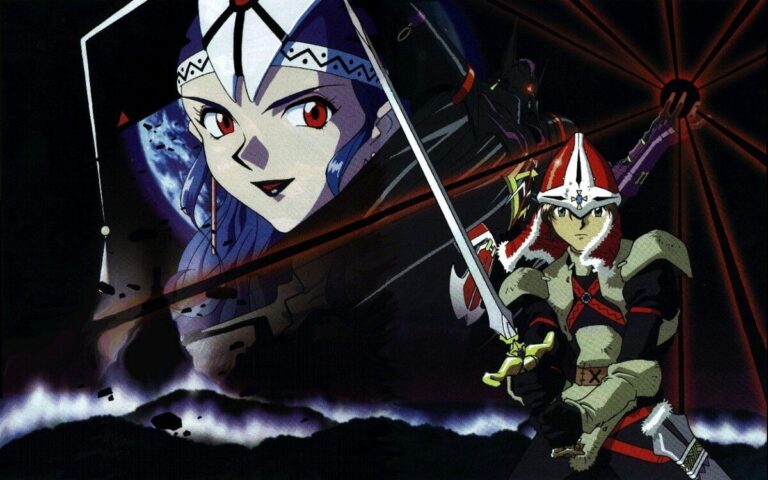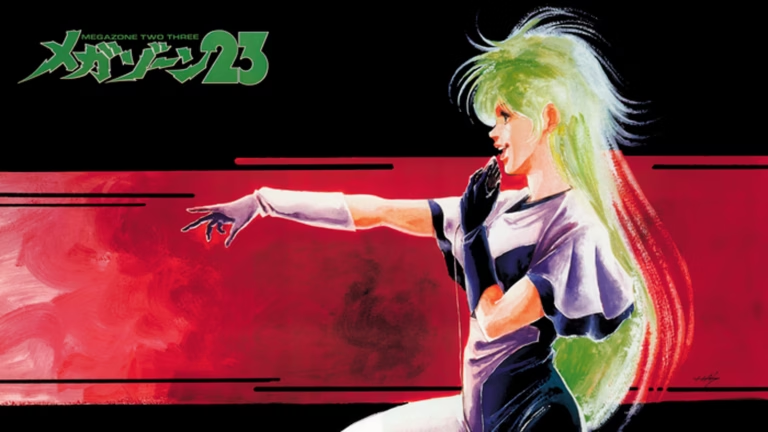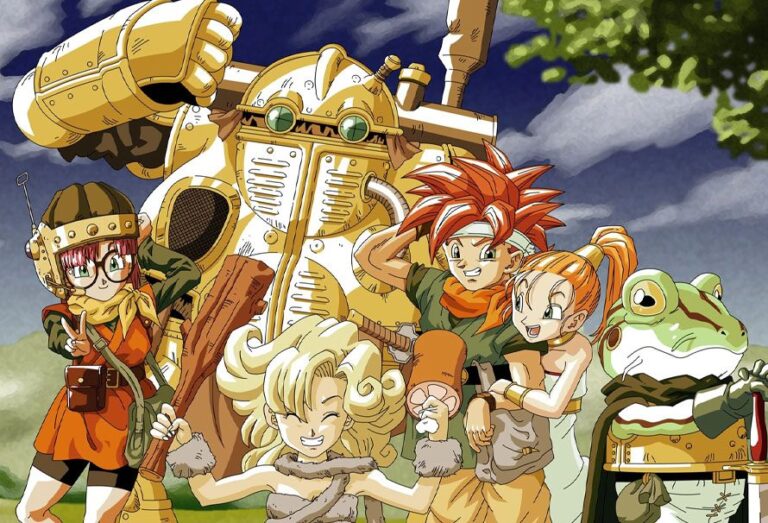Game data not found.
Story
Bishōjo Senshi Sailor Moon S: Jōgai Rantō!? Shuyaku Sōdatsusen is a captivating fighting game based on the immensely popular Sailor Moon anime series. Released exclusively in Japan for the Super Famicom in 1994, the game features characters from the third season of the anime, known as Sailor Moon S. This particular season introduces the outer senshi—Sailor Uranus, Sailor Neptune, and Sailor Pluto—each playing a pivotal role in the season’s narrative arc.
The game’s storyline is relatively straightforward, focusing on the senshi’s quest to become the central character in this interactive saga. This competition sets the stage for various duels between the senshi, as each one aspires to prove herself as the true protagonist. The narrative leverages the established lore of Sailor Moon, allowing players to engage with their favorite characters in a new and competitive context. While the game does not delve into intricate plotlines, it stays true to the spirit of the anime by emphasizing friendship, courage, and the battle against evil.
Gameplay
The gameplay of Bishōjo Senshi Sailor Moon S: Jōgai Rantō!? Shuyaku Sōdatsusen is a traditional 2D fighting game experience, drawing inspiration from the mechanics popularized by titles like Street Fighter II. Players can choose from a roster of ten characters, each with unique moves and special abilities that reflect their magical powers from the anime. The roster includes iconic characters such as Sailor Moon, Sailor Mercury, Sailor Mars, Sailor Jupiter, Sailor Venus, and the newly introduced outer senshi.
Combat is executed through a combination of punches, kicks, and magical attacks, with each character possessing a distinct set of moves that align with their personalities and powers. The game offers several modes, including a single-player mode where the player battles through a series of matches to reach the final confrontation, and a multiplayer mode that allows two players to go head-to-head.
What makes the gameplay particularly engaging is the balance between accessibility for newcomers and depth for seasoned players. The intuitive controls make it easy for players to execute basic moves, while more experienced players can delve into the intricacies of combos and special attacks. This balance ensures that the game is appealing to both casual fans of the Sailor Moon series and hardcore fighting game enthusiasts.
Graphics and Sound
Visually, Bishōjo Senshi Sailor Moon S: Jōgai Rantō!? Shuyaku Sōdatsusen captures the essence of the anime with vibrant, colorful graphics that bring the characters and their world to life. The sprites are well-detailed, with fluid animations that convey the unique fighting styles and magical abilities of each senshi. The game’s backgrounds are equally impressive, featuring various iconic locations from the series that fans will instantly recognize.
The sound design complements the visual presentation with a soundtrack that incorporates familiar themes from the anime, adding to the sense of authenticity and immersion. Each character has their own set of voice clips and sound effects that enhance the overall experience, making battles feel dynamic and engaging. The combination of graphics and sound effectively transports players into the Sailor Moon universe, providing an experience that is both nostalgic and exciting.
Legacy and Reception
Critical Reception
Upon its release, Bishōjo Senshi Sailor Moon S: Jōgai Rantō!? Shuyaku Sōdatsusen received positive feedback from fans of the series and fighting game enthusiasts alike. The game’s faithful adaptation of the anime’s characters and style was particularly praised, as was its accessible yet challenging gameplay. The inclusion of ten playable characters, each with their own unique abilities, was seen as a strength, providing a diverse and engaging roster.
Fanbase and Cultural Impact
While the game was never officially released outside of Japan, it developed a cult following among international fans of the Sailor Moon franchise. This is partly due to the enduring popularity of the anime series, which has continued to captivate audiences worldwide. The game’s unique blend of fighting mechanics and beloved characters has made it a sought-after title for collectors and enthusiasts of retro gaming.
Influence on Future Games
Bishōjo Senshi Sailor Moon S: Jōgai Rantō!? Shuyaku Sōdatsusen set a precedent for future Sailor Moon games by demonstrating the potential for combining the series’ narrative elements with engaging gameplay mechanics. Its success paved the way for additional fighting games within the Sailor Moon franchise, as well as encouraging the development of other anime-based fighting games. By integrating familiar characters with a competitive gaming format, this title highlighted the appeal of interactive adaptations of popular anime series.
Conclusion
Bishōjo Senshi Sailor Moon S: Jōgai Rantō!? Shuyaku Sōdatsusen stands as a testament to the potential of anime-based video games to provide both fan service and engaging gameplay. Through its vibrant graphics, authentic sound design, and well-balanced mechanics, it delivers an experience that resonates with fans of the series and fighting game aficionados alike. Despite its limited release, the game has left a lasting legacy within the Sailor Moon franchise and the broader genre of anime-based games.
The game’s impact is evident in its continued popularity among collectors and the inspiration it provided for future titles. For those who have had the opportunity to play it, Bishōjo Senshi Sailor Moon S: Jōgai Rantō!? Shuyaku Sōdatsusen remains a cherished part of the Sailor Moon experience, capturing the magic and excitement of the series in a compelling and interactive format.
